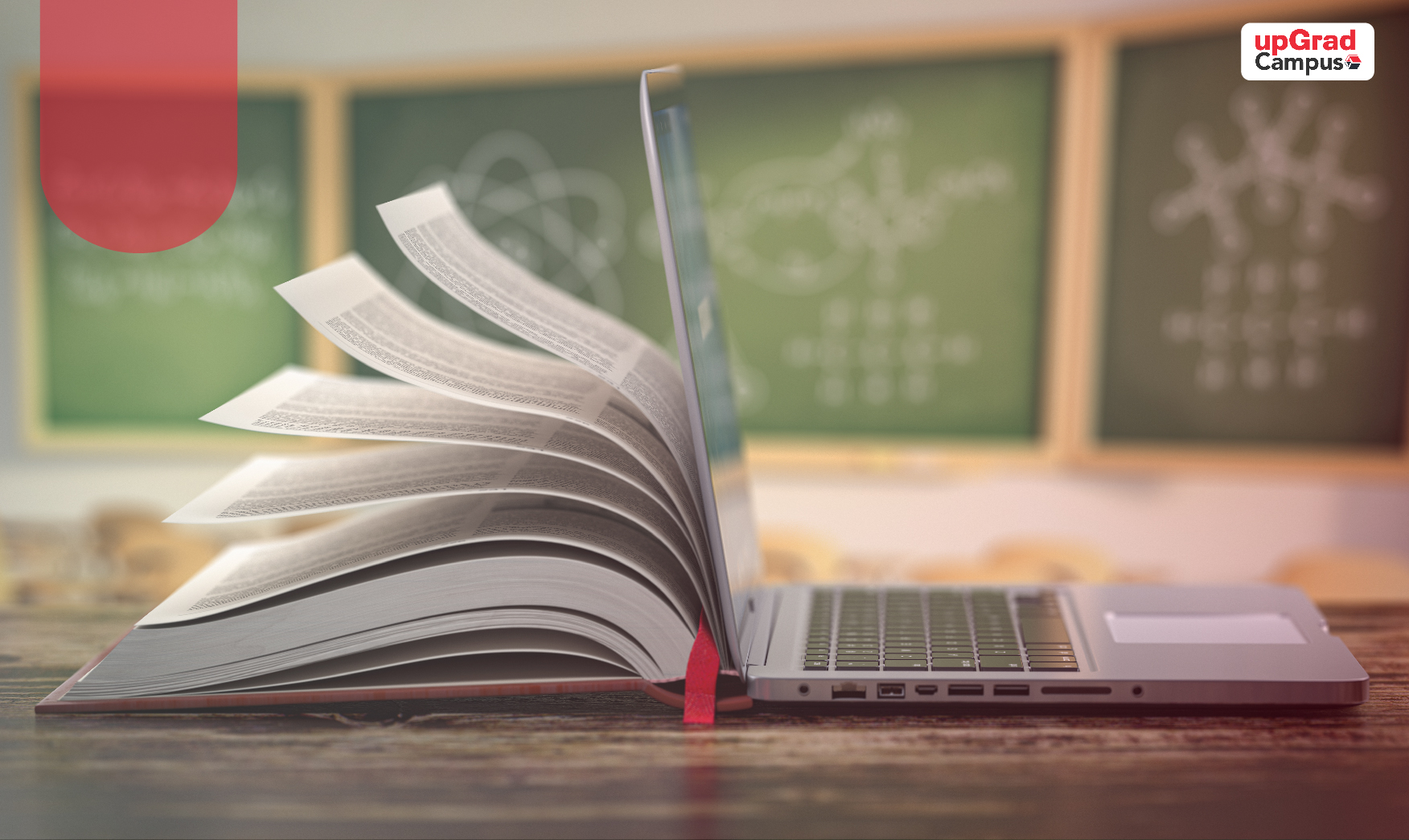What Does the Classroom of The Future Look Like?
On June 27, 2022
Classrooms have already transformed into digital hubs as a result of technology. In many nations, most classrooms have internet connectivity, chalkboards are no longer used, and other digital solutions have altered various elements of education.
Some path-breaking technologies are now taking learning to incredible new heights. The goal of the educational system is to provide students and institutions with the necessary knowledge, skills, competencies, and tools to make this exciting transition.
Students are not engaged, motivated, or inspired by obsolete technology or classrooms. If universities and colleges want their pupils to be motivated and engaged, classroom technology and equipment should be inspired by the same technology present in modern homes.
Let's look at how technology can change classroom architecture and key teaching and learning philosophies in important ways.
-
AR & VR in the Classroom
Virtual Reality (VR) and Augmented Reality (AR) are not far-fetched futuristic technologies. Today's technology is mature enough to be used in schools as a learning tool. AR material allows students to engage in hands-on learning in the classroom. Simulation, which is already employed in pilot training academies and medical institutions, is an example. This produces an accurate, real-world scenario free of the risks and dangers of real life, allowing students to immerse themselves in the scenario, learn how to accomplish their duties, and control the emotions that arise in such situations.
AR content brings teaching to life, resulting in a multimodal experience that is far more enjoyable and engaging. AR also promotes hands-on learning, which has shown to boost information retention by allowing students to employ more senses to process information while also allowing them to explore a topic at their own pace. There are a variety of augmented reality (AR) apps and experiences available to complement higher education instruction in subjects ranging from mathematics to history and science. AR in the classroom requires equipment such as interactive whiteboards, interactive projectors, tablets, and headphones.
-
Adaptive learning strategies
It is now widely acknowledged that pupils differ in terms of learning style and speed. Unfortunately, the conventional educational system used a single model for all pupils, allowing some learners to advance while others, unfortunately, fell behind. Students who are suffering in traditional education systems are rarely willing to confess that they are not succeeding. Unless teachers are aware of the problem, they will miss an important opportunity to intervene and modify a lesson plan to make it more accessible to all students.
Adaptive learning is focused on the creation of a learning system that collects data and changes learning programs to meet the needs of each student. This one-of-a-kind tailored approach to learning ensures that all children have the same opportunities to learn and grow. Other advantages include:
- A higher degree of student excitement and involvement
- A better learning environment for all students
- A higher level of mastery in various subjects
- A better level of self-awareness about the learning styles of the students
-
Incorporating gamification
Gamification is the process of incorporating gaming aspects into non-gaming environments with a specific goal in mind. This could be for a variety of reasons, including increasing involvement, engagement, or brand loyalty. Gamification has already proven to be effective in industries such as retail and SaaS. Points-based loyalty schemes that unlock special discounts when enough points have been accumulated are a basic and classic form of gamification.
Gamification is on the rise, and it's having a big impact on education. As previously said, games need the usage of a variety of skills. Teaching with a gamification component can be a fun and engaging approach to conditioning behavior and testing new skills. Points-based systems that incentivize pupils to accomplish academic goals are one example. When you reach a specific number of points, you may be eligible for special awards or privileges. With "team missions" that motivate students to help one other accomplish a common goal, gamification can also be utilized to build teamwork skills.
-
Flexi layouts
The adaptable classroom layout is today's latest trend. This movement focuses on customizing learning settings to meet the needs of students. A flexible classroom does not have a set seating arrangement, rather, furniture that can be readily moved around to create open collaborative spaces or secluded, private study areas. Different seating alternatives like stools, bean bags, or stability balls would be included in the furniture, as well as adjustable height desks, tables with wheels, moveable walls or partitions, and storage space for students.
Final thoughts
The future of the classroom looks exciting, and technology makes it all possible! Digital learning, communication, cooperation, planning, appreciating diversity, problem-solving, self-evaluation skills, global awareness, social skills, listening skills, and presentation are all necessary to become responsible global citizens. It is encouraging that a refreshed education system can help achieve these goals in the future.
Are you looking for the right tech platform to impart high-quality education using the latest technology? if so, your search ends here!
upGrad Campus has been a significant pioneer in addressing the rising needs of the Indian education system for its path-breaking learning technology products - Lecture Capture System, Live Classroom, and Blended Classrooms.
Our Lecture Capture System is a turnkey solution that allows institutions to:
- Automatically record audio-video lectures and distribute them so that students can access learning resources anytime, from anywhere, on any device.
- It comes with 24/7 support and maintenance by a dedicated team.
Key Features of LCS
- Multiview: Lecture scan be recorded and distributed in various view formats. Podium, Board and Presentation views available.
- Editable Vidoes Format: The teacher will get time to edit the recorded lecture videos before it gets published.
- Privacy and Security: Videos are encrypted in HLS format to maintain safeguard the lecture content.
- Flipped Classroom: Educators can provide recorded video content before the classes begin and enhance the learning experience.
- Interactive teaching via Polls / MCQs: Teachers can create MCQs, question polls, etc to test student knowledge and keep them engaged.


